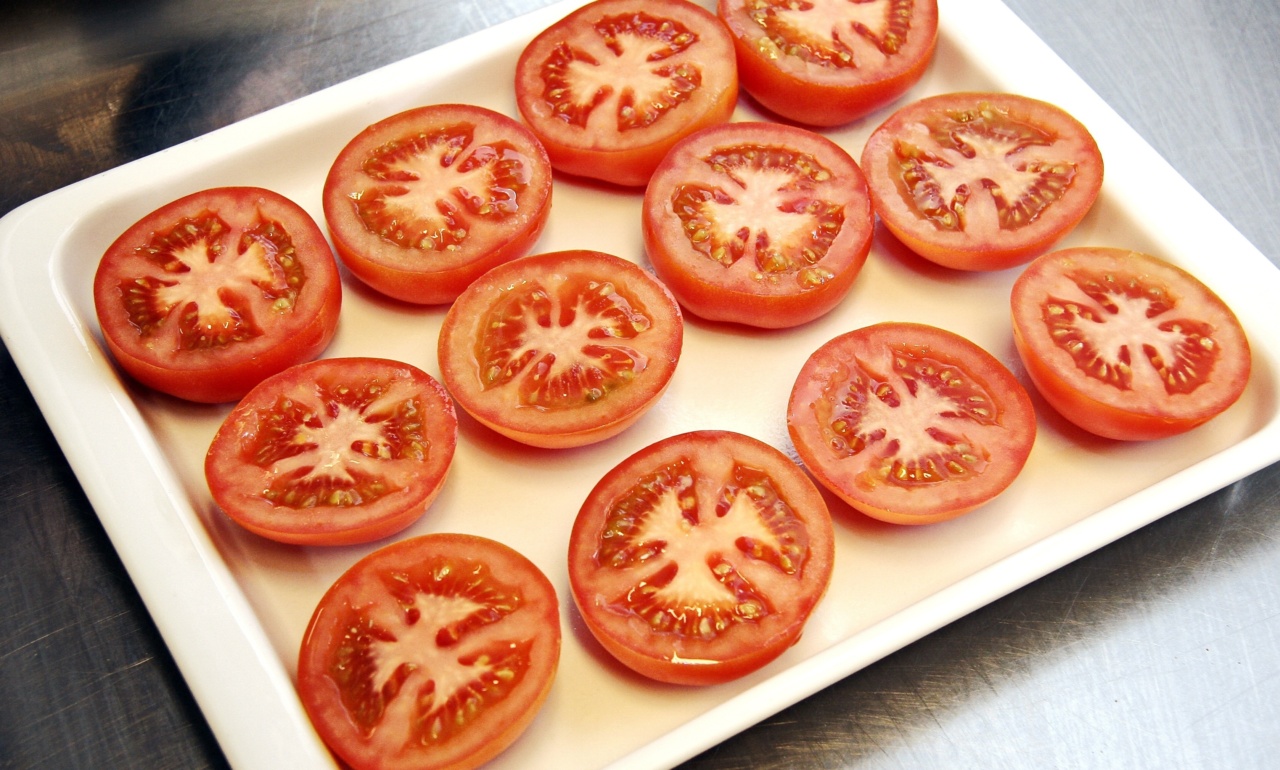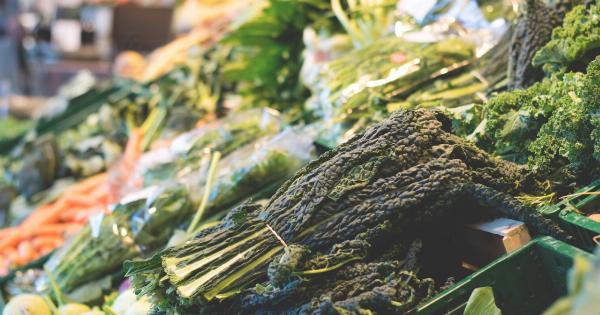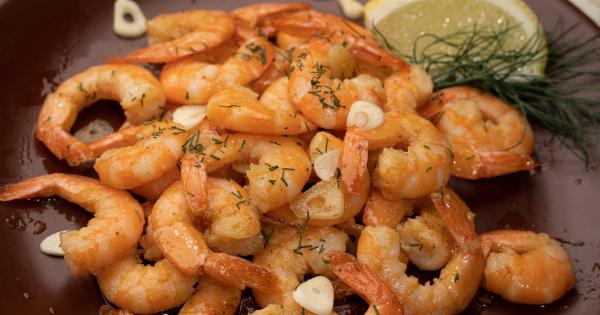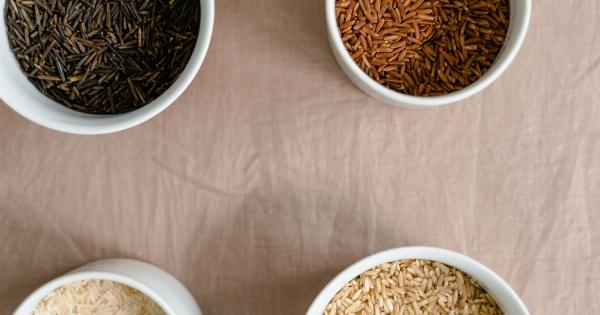Salads are an excellent way to incorporate a variety of nutritious ingredients into your diet. They offer a refreshing and satisfying meal option that can be customized to suit your taste preferences.
By optimizing your salad choices, you can create delicious and nutrient-dense meals that support your overall health and well-being. In this article, we will explore how to optimize your salad for both nutrition and taste by carefully selecting ingredients, dressings, and toppings.
Choosing Nutrient-Rich Ingredients
The foundation of a healthy salad starts with nutrient-rich ingredients. Opt for a base of dark leafy greens, such as spinach, kale, or arugula, which are packed with vitamins, minerals, and antioxidants.
These leafy greens provide a solid nutritional base and add a pleasant, earthy flavor to your salad.
Next, add a variety of colorful vegetables like carrots, bell peppers, cucumbers, and tomatoes. These vibrant veggies not only enhance the visual appeal of your salad but also provide additional vitamins, minerals, and dietary fiber.
Don’t forget to include a source of lean protein, such as grilled chicken, tofu, chickpeas, or quinoa. Protein is essential for muscle repair and growth, and it helps to keep you feeling full and satisfied for longer periods.
Incorporating healthy fats into your salad is another crucial step. Avocado, nuts, and seeds are excellent choices as they provide heart-healthy fats and essential nutrients like omega-3 fatty acids.
Exploring Salad Dressing Options
A well-chosen dressing can significantly enhance the taste and nutritional profile of your salad. However, many store-bought dressings can be high in unhealthy fats, added sugars, and preservatives.
Consider making your own dressing at home using simple, wholesome ingredients.
An easy and delicious way to dress your salad is by combining olive oil, balsamic vinegar, Dijon mustard, and a touch of honey. This homemade vinaigrette adds a tangy and slightly sweet flavor that pairs well with various salad combinations.
If you’re looking for a creamy dressing option, opt for a Greek yogurt-based dressing.
Greek yogurt provides a creamy texture and a good dose of protein, while lemon juice, garlic, and herbs add a burst of fresh flavors without excessive calories.
Adding Flavorful Salad Toppings
Top off your salad with flavorful additions to take it to the next level. Here are some delicious and nutritious options:.
1. Croutons
Crunchy croutons made from whole-grain bread can add texture and a satisfying crunch to your salad. Look for whole-grain options to increase fiber content.
2. Fresh Herbs
Chopped fresh herbs like basil, cilantro, parsley, or mint can add a burst of freshness and elevate the flavors of your salad. Experiment with different herb combinations to discover your favorites.
3. Dried Fruits
Throw in some dried fruits like cranberries, raisins, or apricots to add a slightly sweet and chewy element to your salad. They are also a good source of dietary fiber and essential nutrients.
4. Cheese
Add a sprinkle of crumbled feta, goat cheese, or Parmesan for a savory flavor and creamy texture. Be mindful of portion sizes, as cheese can be higher in calories and saturated fats.
5. Roasted Veggies
Roasting vegetables like sweet potatoes, beets, or Brussels sprouts before adding them to your salad can enhance their natural sweetness and add depth to your overall flavor profile.
6. Seeds
Sprinkle a handful of seeds like pumpkin seeds, sunflower seeds, or flaxseeds to introduce a delightful crunch and an additional nutritional boost. Seeds are rich in healthy fats, fiber, and various essential minerals.
7. Grains
Add cooked grains like quinoa, brown rice, or couscous to your salad for increased satiety and a heartier texture. These whole grains provide complex carbohydrates and additional fiber.
8. Citrus Fruits
Squeeze fresh lemon, lime, or orange juice over your salad to brighten the flavors and add a refreshing twist. Citrus fruits also provide a dose of vitamin C.
9. Avocado
Slice and add avocado to your salad for a creamy and buttery texture. Avocado is rich in healthy monounsaturated fats and offers numerous health benefits.
10. Protein Boosters
Incorporate additional sources of protein, such as boiled eggs, grilled shrimp, or leftover roasted chicken, to increase the protein content of your salad. This will keep you feeling satisfied and promote muscle recovery.
Conclusion
By optimizing your salad with nutrient-rich ingredients, well-chosen dressings, and flavorful toppings, you can create a sensational and satisfying meal that is both nutritious and delicious.
Remember to experiment with different combinations and flavors to keep your salads exciting and enjoyable. With these simple tips, you can easily elevate your salad game and support your overall health and wellness.































